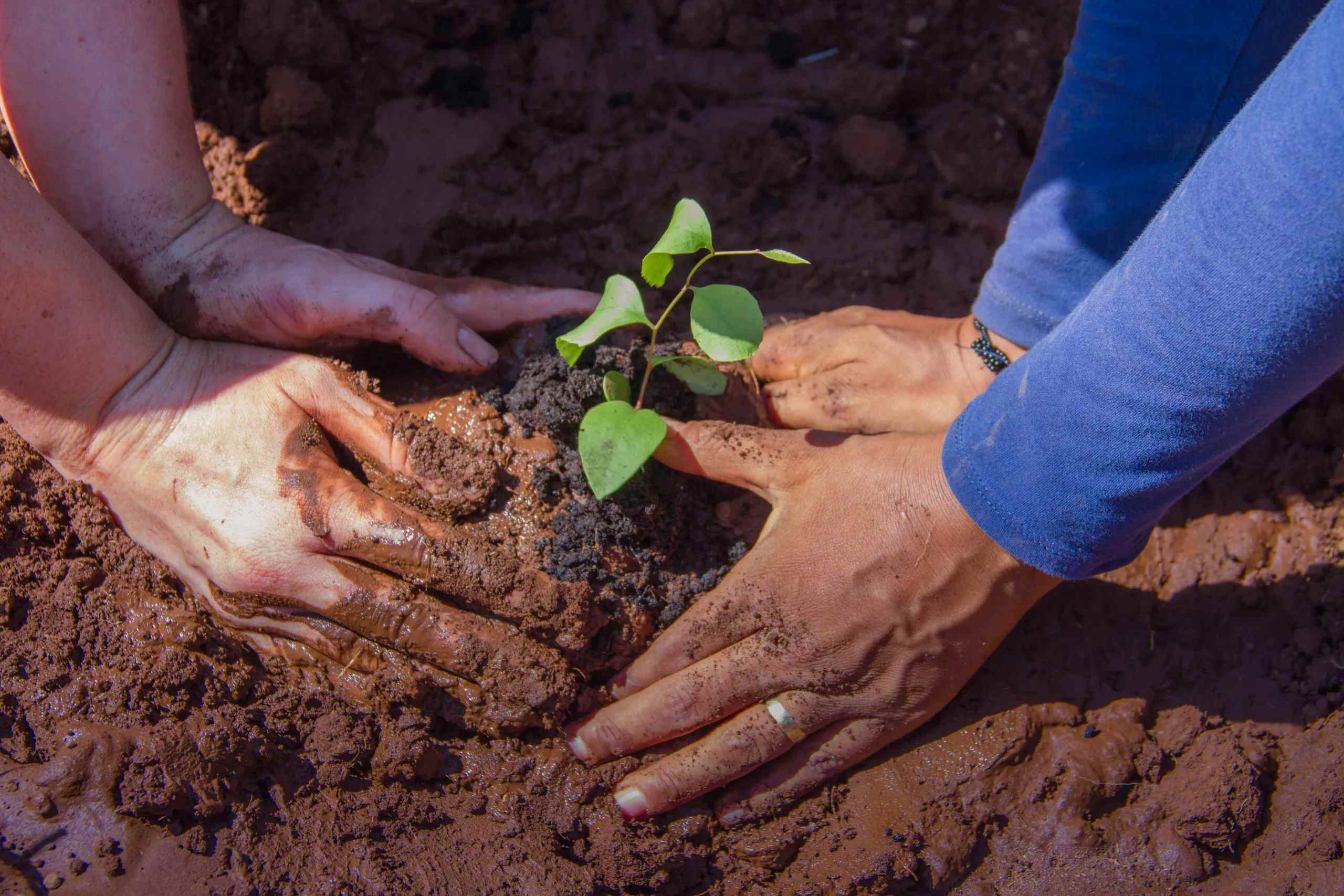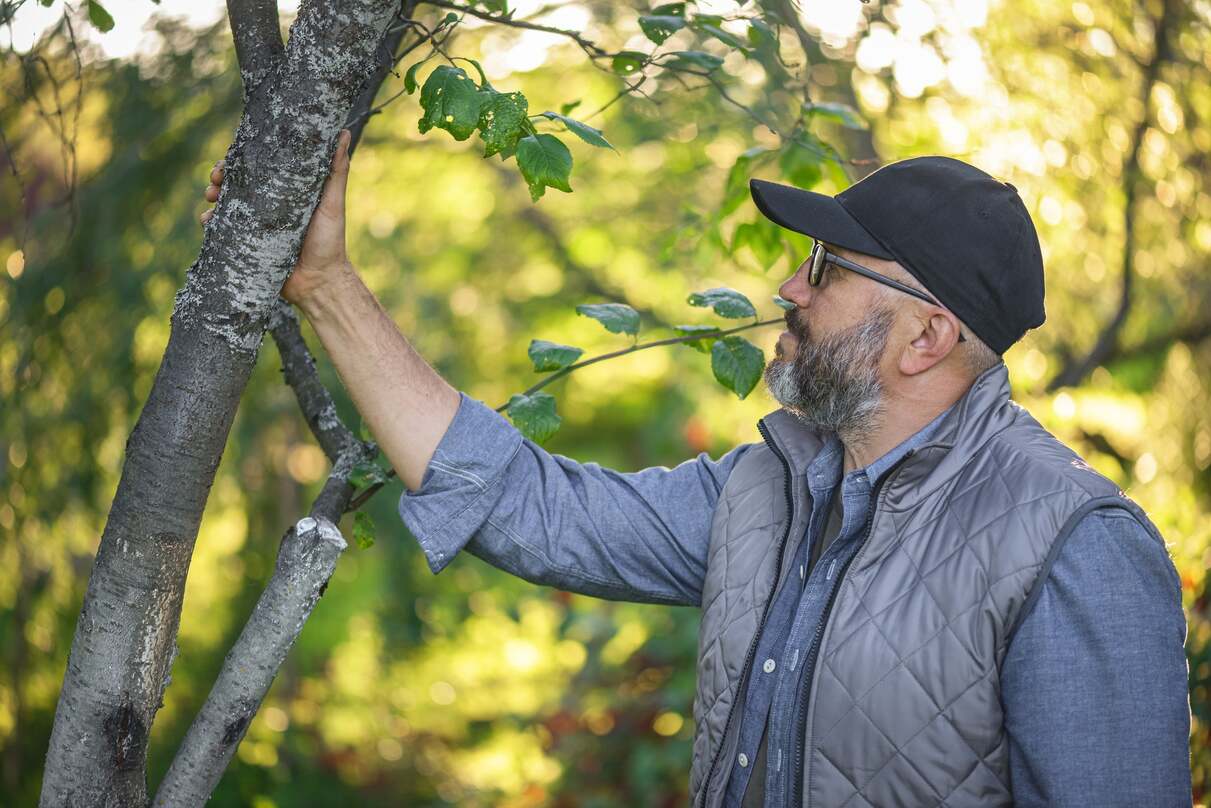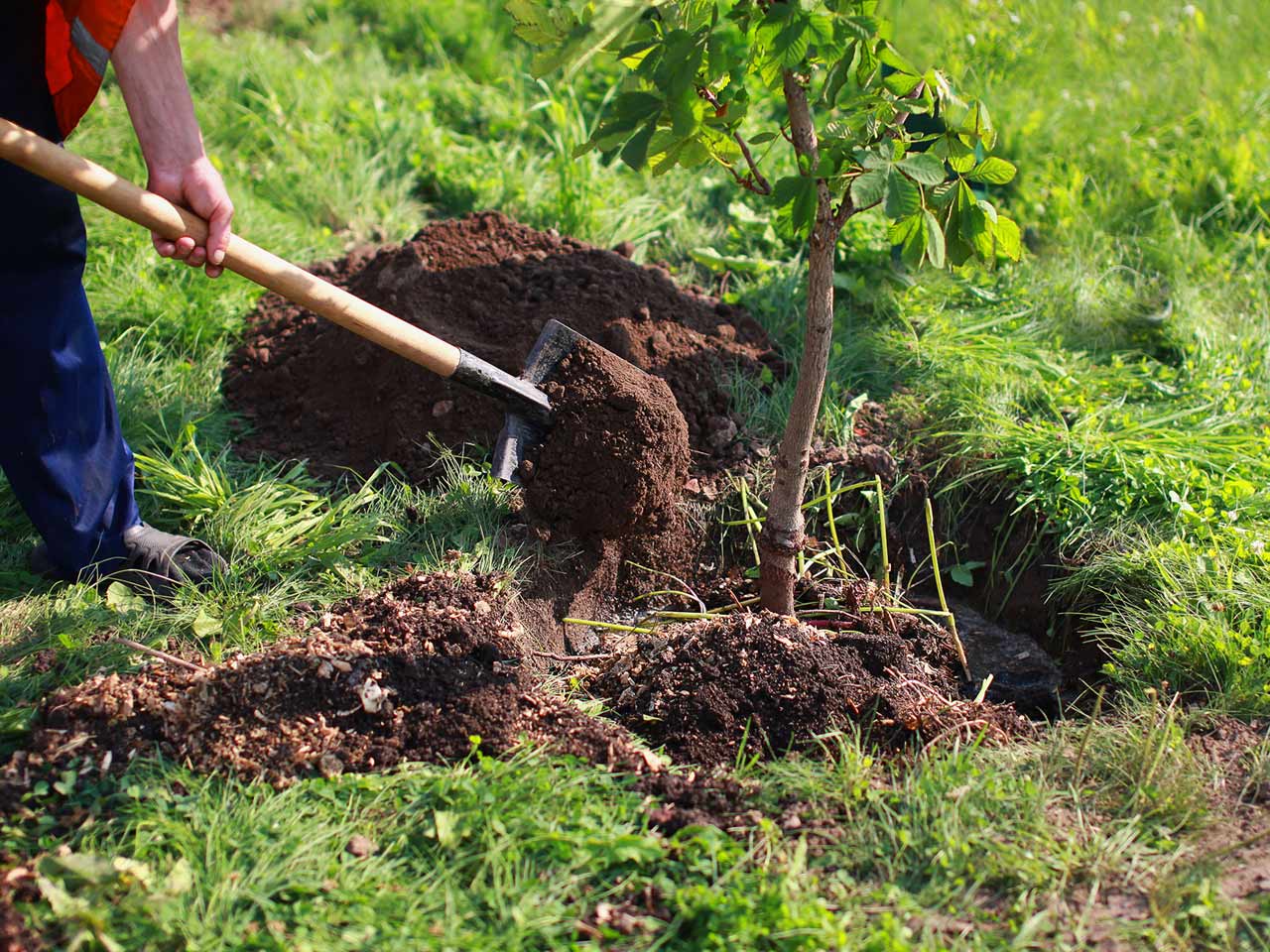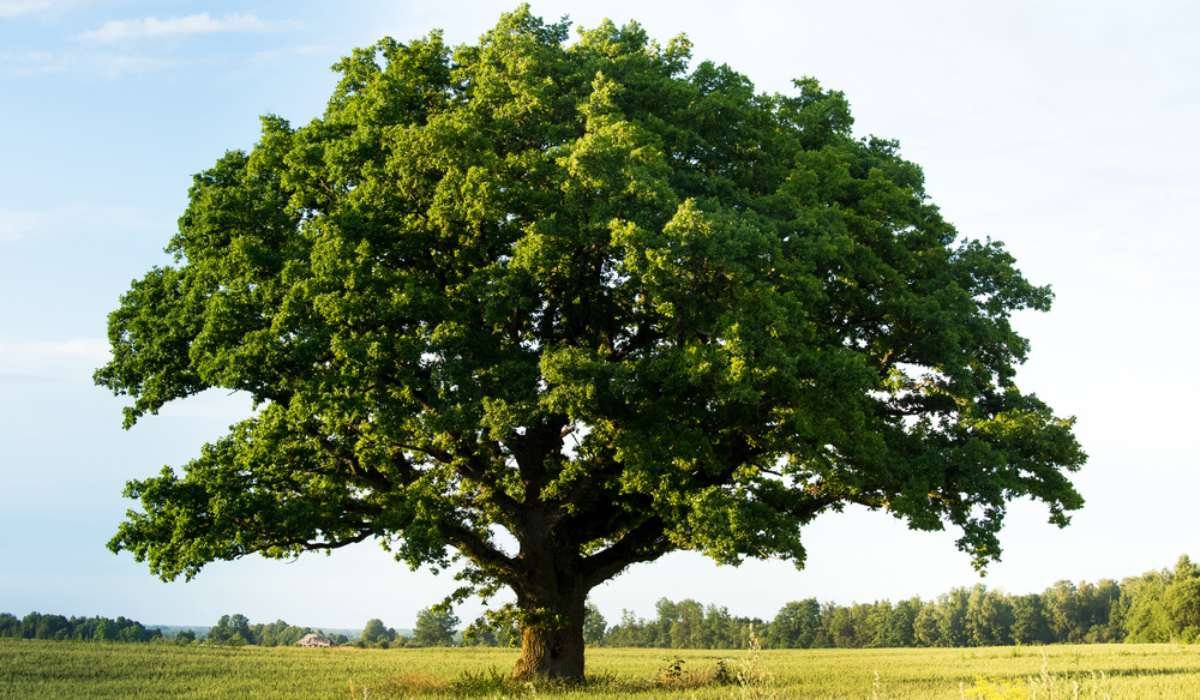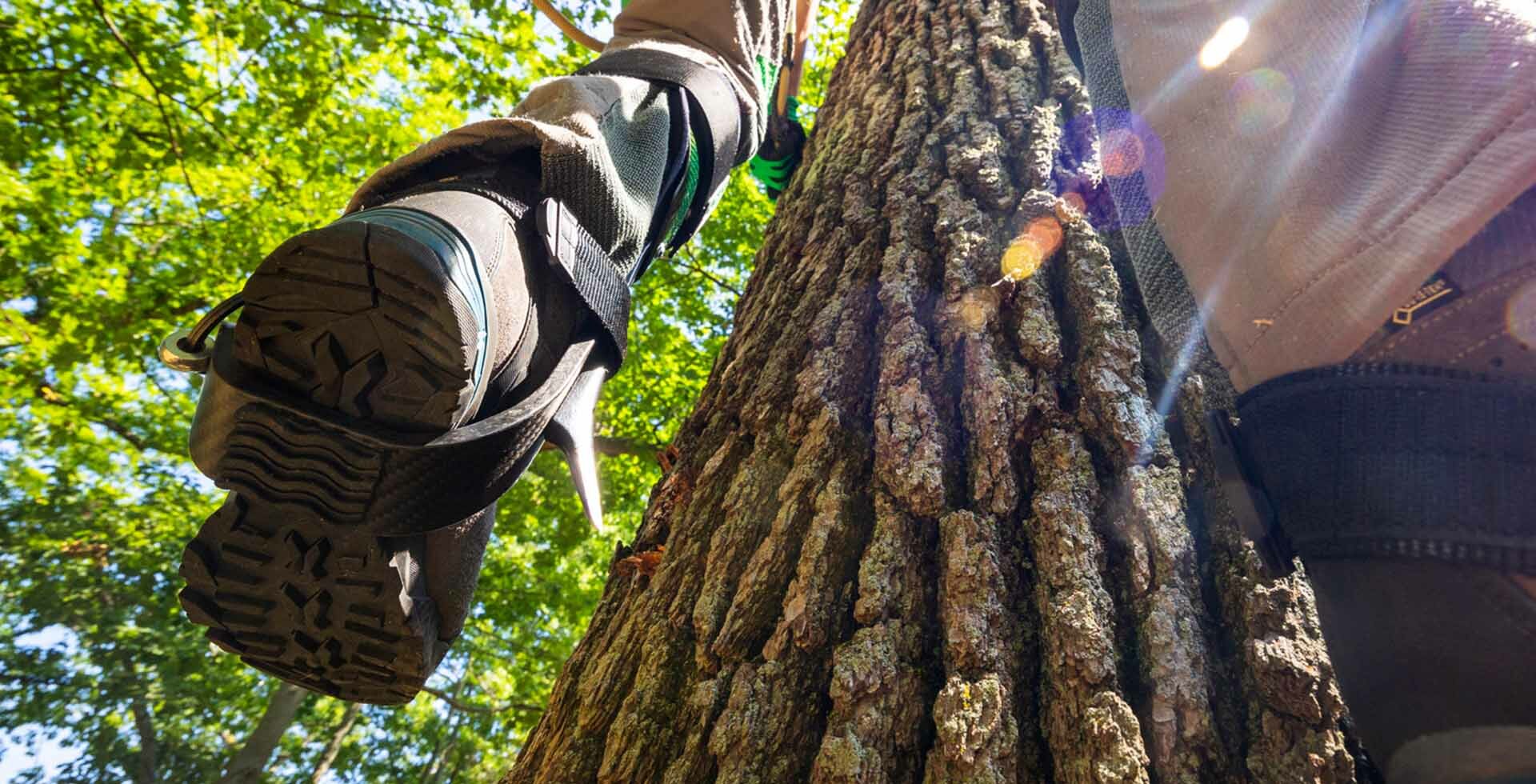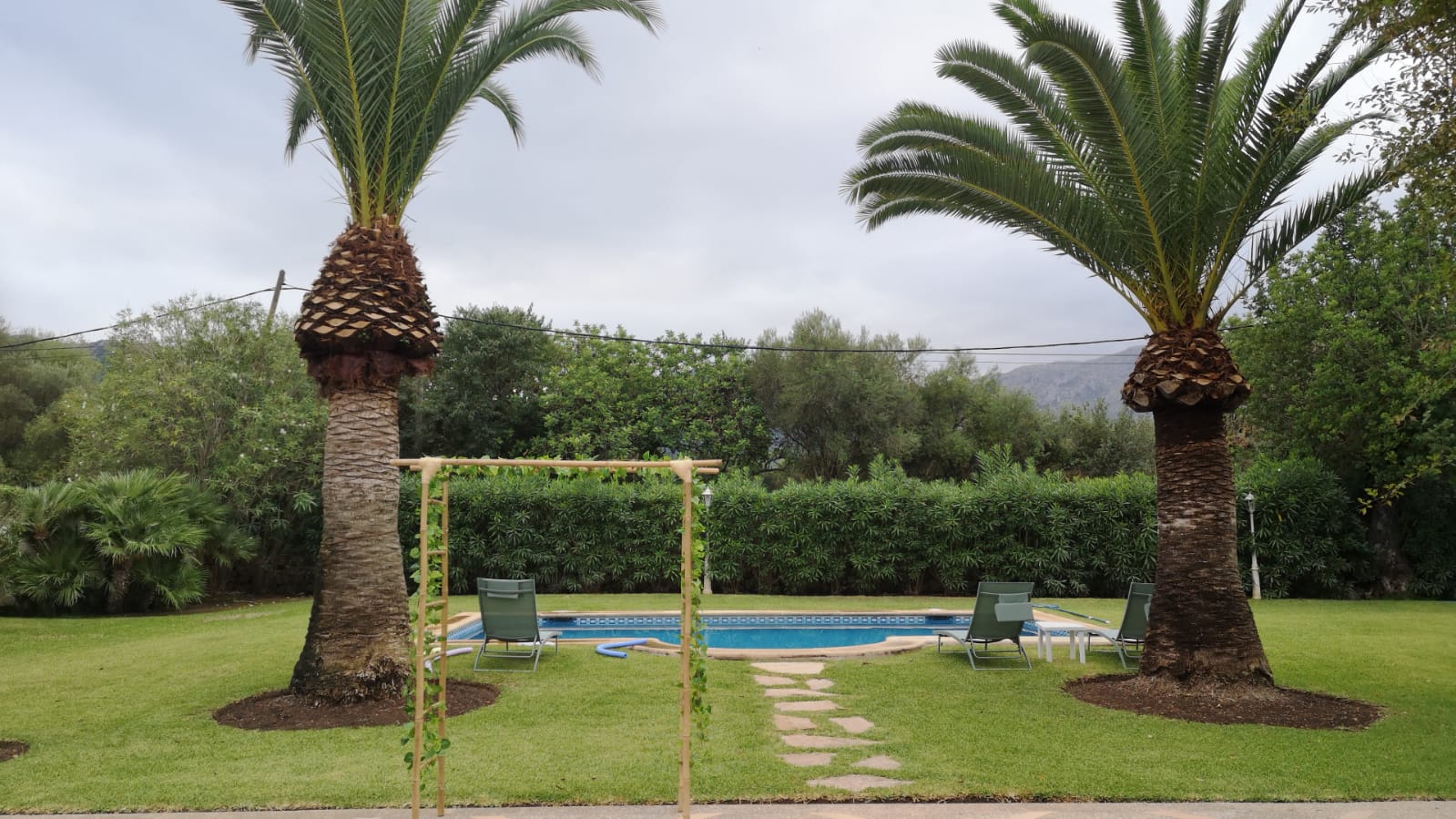Home>Gardening News and Trends>Latest News>How Old Are Sequoia Trees


Latest News
How Old Are Sequoia Trees
Published: October 29, 2023
Get the Latest News on Sequoia Trees and Discover How Old They Really Are
(Many of the links in this article redirect to a specific reviewed product. Your purchase of these products through affiliate links helps to generate commission for Chicagolandgardening.com, at no extra cost. Learn more)
Table of Contents
- Introduction
- Background of Sequoia Trees
- Lifespan of Sequoia Trees
- Methods for Determining the Age of Sequoia Trees
- History of Age Estimates for Sequoia Trees
- Current Understanding of the Age of Sequoia Trees
- Factors Affecting the Age of Sequoia Trees
- Implications and Importance of Knowing the Age of Sequoia Trees
- Conclusion
Introduction
Sequoia trees, known for their immense size and extraordinary longevity, have long captivated the imagination of nature lovers and scientists alike. These majestic giants, also known as Sequoiadendron giganteum, are among the oldest living organisms on Earth, with some individuals estimated to be over 3,000 years old.
In this article, we will delve into the fascinating world of sequoia trees and explore the methods used to determine their age. From their towering height to their unique biology, these ancient trees have much to teach us about the history and resilience of our planet.
Sequoia trees are native to the western slopes of the Sierra Nevada mountain range in California, USA. They are often found in forests, where they tower over the surrounding landscape, reaching heights of up to 300 feet (91 meters). The sheer scale of these trees is awe-inspiring, with trunks that can exceed 25 feet (7.6 meters) in diameter.
One of the most remarkable aspects of sequoia trees is their incredibly long lifespan. While the exact age of individual trees can be difficult to determine, scientists have employed various methods to estimate their age based on growth patterns and historical records. These methods allow us to gain insights into the lifespan and growth rate of these ancient organisms.
Understanding the age of sequoia trees is not only a matter of scientific curiosity but also holds broader implications. It provides valuable information about the past climate, environmental conditions, and ecosystem dynamics. Additionally, knowing the age of these trees helps us appreciate the significance of preserving their habitats and ensuring their continued survival for future generations.
In the following sections, we will take a closer look at the background of sequoia trees, the methods used to determine their age, the history of age estimates, and the factors that influence their lifespan. By the end, you will have a deeper understanding of these incredible trees and the importance of unraveling their age-old mysteries.
Background of Sequoia Trees
Sequoia trees have a rich history that dates back millions of years. They are part of the cypress family and are unique to the Sierra Nevada region of California. These towering giants have stood witness to centuries of change and have become an iconic symbol of the natural beauty of the area.
Sequoia trees were first discovered by Western explorers in the mid-19th century. They were named after the Cherokee Indian leader, Sequoyah, who developed a written system for their language. The scientific name, Sequoiadendron giganteum, was given to them by botanist John Muir in 1890.
These trees are well adapted to the harsh mountainous environment of the Sierra Nevada. They have thick, fire-resistant bark that helps protect them from wildfires, which are common in the region. Additionally, sequoia trees have shallow roots that spread out wide, helping them anchor firmly to the ground and withstand strong winds.
But perhaps the most remarkable feature of sequoia trees is their incredible size. They are the largest trees in the world by volume, with some individuals surpassing 30,000 cubic feet (850 cubic meters) in volume. The General Sherman Tree, located in Sequoia National Park, is considered the largest living tree on Earth, measuring about 275 feet (83 meters) in height and 36 feet (11 meters) in diameter.
Sequoia trees have a unique life cycle. They reproduce through both seeds and vegetative sprouting. The cones of these trees can take up to two years to mature and release seeds. When exposed to fire, the heat helps open the cones and release the seeds, which then have the opportunity to germinate and grow.
Over the centuries, sequoia trees have faced numerous challenges, including logging and habitat loss. However, concerted conservation efforts and the establishment of national parks have helped protect these incredible trees and their surrounding ecosystems. Today, Sequoia National Park and Kings Canyon National Park are home to some of the largest and oldest sequoia trees in existence.
Understanding the background and characteristics of sequoia trees is essential to appreciating their magnificence and fragility. It highlights the need for continued conservation efforts to ensure the survival of these ancient giants for generations to come.
Lifespan of Sequoia Trees
Sequoia trees are renowned for their extraordinary longevity, with some individuals living for thousands of years. Understanding the lifespan of these majestic giants is a subject of great fascination for researchers and nature enthusiasts.
While it is challenging to determine the exact age of a sequoia tree, scientists have developed various methods to estimate their lifespan. These methods involve examining growth patterns, tree rings, and historical records to piece together the puzzle of their age.
One of the primary ways to determine the age of a sequoia tree is through the study of tree rings. Each year, as a sequoia tree grows, it forms a new layer of wood beneath its bark. These layers, or annual rings, can be counted to estimate the age of the tree. However, due to the size and complexity of sequoia trees, counting the rings can be a daunting task. Moreover, as the tree ages, the rings can become compressed or indistinct, making accurate counting more challenging.
In some cases, researchers have used coring, a method that involves taking a small cylindrical sample from the tree trunk. By analyzing the tree rings within the core sample, scientists can determine the age of the tree and gain insights into its growth patterns and environmental conditions throughout its life.
Another way to estimate the lifespan of sequoia trees is through historical records. Early explorers and settlers in the Sierra Nevada region made note of large sequoia trees, documenting their size and growth rates. By comparing these historical records with the size and age of sequoia trees today, scientists can make educated estimates about their lifespan.
Based on these methods, it is estimated that some sequoia trees can live for over 3,000 years. These ancient giants have stood the test of time, surviving wildfires, droughts, and other environmental challenges. Their longevity is a testament to their resilience and the unique adaptations that allow them to thrive in their mountainous habitat.
It’s important to note that while sequoia trees can live for thousands of years, not all individuals reach such remarkable ages. Factors such as competition for resources, disease, and environmental stressors can influence the lifespan of these trees. Nonetheless, their incredible ability to withstand the test of time and continue to grow and thrive is a testament to their enduring strength.
Understanding the lifespan of sequoia trees provides a glimpse into the grandeur of nature and the intricate mechanisms that allow these ancient organisms to live for centuries. It also emphasizes the importance of conserving their habitats and protecting these iconic species for future generations to marvel at.
Methods for Determining the Age of Sequoia Trees
Determining the age of sequoia trees is a complex and meticulous process that requires the use of various scientific methods. While it is not always possible to determine the exact age of an individual tree, researchers have developed several techniques to estimate their age and gain insights into their remarkable longevity.
One of the primary methods used to determine the age of sequoia trees is the analysis of tree rings. Each year, as a tree grows, it adds a new layer of wood, resulting in the formation of distinct rings within the trunk. By carefully examining these rings, scientists can estimate the age of the tree. This process, known as dendrochronology, involves counting the number of rings and correlating them with known historical events and climate patterns to establish a timeline of growth.
Dendrochronology has been particularly useful in estimating the age of younger sequoia trees, as their rings are more distinct and easier to count accurately. However, as the trees age, the rings can become narrower, compressed, or less visible, making it more challenging to determine the precise number of rings.
In addition to tree ring analysis, researchers have also employed the method of coring to estimate the age of sequoia trees. Coring involves extracting a small cylindrical sample from the trunk of the tree without causing significant harm. This core sample contains a cross-section of the tree’s rings, allowing scientists to examine them more closely and determine the age of the tree.
Furthermore, historical records have played a crucial role in estimating the age of some sequoia trees. Early explorers and settlers in the Sierra Nevada region documented the presence of large sequoia trees and made note of their size and growth rates. By comparing these historical records with the measurements of present-day trees, researchers can make informed approximations of their age.
However, it is important to note that estimating the age of sequoia trees based on historical records may not be as precise as other methods. Factors such as human error, discrepancies in measurement techniques, and inaccuracies in the historical accounts can contribute to uncertainties in age estimations.
Combining these methods allows scientists to develop a more comprehensive understanding of the age range of sequoia trees. It is worth mentioning that age estimates can vary significantly from tree to tree, and there may be outliers that defy conventional expectations. Nonetheless, these methods provide valuable insights into the lifespan and growth patterns of these remarkable giants.
By determining the age of sequoia trees, researchers can gain a deeper appreciation of the historical and ecological significance of these majestic organisms. It is through these age estimations that we can uncover the secrets of their longevity and continue to marvel at their resilience in the face of changing environments and human impact.
History of Age Estimates for Sequoia Trees
The quest to determine the age of sequoia trees has been a subject of intrigue and scientific exploration for centuries. Over time, researchers and naturalists have utilized various methods and techniques to estimate the age of these ancient giants, each contributing to our evolving understanding of their remarkable lifespan.
Early estimates of sequoia tree age relied primarily on anecdotal evidence and the observations of early explorers and settlers in California. These accounts provided valuable insights into the size and growth rates of the trees, but lacked the precision of more scientific methods.
In the late 19th century, dendrochronology, the analysis of tree rings, emerged as a more reliable method for estimating the age of sequoia trees. Scientists began to carefully study the distinct rings formed within the trees’ trunks and cross-reference them with known historical events and climate patterns. This approach allowed for more accurate estimations and provided a foundation for further research.
One notable contributor to the study of sequoia tree age was the renowned scientist and conservationist Dr. Edmund Schulman. In the 1930s, Schulman pioneered the use of coring, a method that involves extracting a small core sample from the trunk of a tree to analyze its rings. Schulman’s work significantly advanced our knowledge of sequoia tree age, particularly in relation to their longevity.
The groundbreaking research of Schulman and other scientists led to the discovery of several ancient sequoia trees with remarkably old ages. Notably, in 1957, Schulman was credited with the discovery of the Prometheus tree, estimated to be over 4,900 years old. Unfortunately, this magnificent tree was infamously cut down in 1964 by a research team unaware of its historical significance.
Advancements in technology and the refinement of dating techniques have further contributed to our understanding of sequoia tree age. Carbon-14 dating, a method that measures the decay of radioactive carbon isotopes in organic material, has provided additional insights into the age of these ancient giants.
However, it is important to note that estimating the age of sequoia trees is still subject to some uncertainty. Factors such as fire scars, which can disrupt the formation and visibility of tree rings, and the unique growth patterns of individual trees can present challenges in accurately determining their age.
Today, a combination of methods including tree ring analysis, coring, and historical records continues to be used to estimate the age of sequoia trees. These techniques, coupled with ongoing research and scientific advancements, provide a more comprehensive understanding of the incredible lifespan of these giants.
The history of age estimates for sequoia trees is a testament to human curiosity and the enduring quest to unravel the mysteries of the natural world. Every new discovery and technique brings us closer to appreciating the magnitude and resilience of these ancient organisms, ensuring their conservation and protection for generations to come.
Current Understanding of the Age of Sequoia Trees
As our knowledge and techniques for estimating the age of sequoia trees have advanced, our current understanding of their lifespan has become more refined. While determining the exact age of individual trees can still be challenging, ongoing research and advancements in dating methods have provided valuable insights into the approximate ages of these ancient giants.
Based on the collective data and research, it is now widely accepted that some sequoia trees can live for thousands of years. The oldest reliably dated sequoia tree, known as Methuselah, is estimated to be over 4,800 years old. This remarkable tree, located in the White Mountains of California, serves as a living testament to the longevity and resilience of sequoia trees.
Tree ring analysis, using both traditional counting methods and more advanced techniques, remains one of the primary methods for estimating the age of sequoia trees. By analyzing the unique patterns and widths of tree rings, scientists can make reasonably accurate estimations of a tree’s age. However, it is important to account for various factors that can affect the formation and visibility of tree rings, such as fire scars or environmental stressors.
Carbon-14 dating, a more recent technique, has also been utilized to further understand the age of sequoia trees. By measuring the amount of radioactive carbon isotopes in the tree’s wood, scientists can estimate its age with a higher level of precision. While this method has its limitations and is often used in conjunction with other dating techniques, it has provided significant insights into the lifespan of these ancient giants.
Additionally, ongoing research and exploration continue to uncover new individuals that challenge our understanding of sequoia tree age. The discovery of relatively young sequoia trees with ages of a few hundred years suggests that there is still much to learn about the growth patterns and environmental influences on these remarkable organisms.
The current understanding of the age of sequoia trees emphasizes not only their impressive lifespan but also the need for their preservation and conservation. The slow growth and long lifespans of these trees make them particularly vulnerable to environmental changes and human impact. Maintaining their habitats, protecting them from logging and deforestation, and preserving their ecosystems are critical to ensuring the continued existence of these ancient giants.
As research and technology continue to advance, our understanding of the age of sequoia trees will likely become more nuanced and accurate. Each new discovery and insight contributes to our appreciation of these iconic trees and reinforces the importance of their conservation, allowing us to protect and cherish these living symbols of resilience and beauty.
Factors Affecting the Age of Sequoia Trees
The age of sequoia trees can vary significantly based on a variety of factors that influence their growth and survival. Understanding these factors is key to comprehending the complex dynamics of sequoia ecosystems and the longevity of these majestic giants.
One of the primary factors affecting the age of sequoia trees is competition for resources. In densely packed forests, young sequoia trees often struggle to access sunlight, water, and nutrients due to the canopy cover created by older and larger trees. This competition can slow their growth rate and result in shorter lifespans.
Drought is another critical factor that can impact the age of sequoia trees. These giants are adapted to thrive in the Sierra Nevada’s Mediterranean climate, but prolonged periods of drought can strain their water supply and hinder their growth. Drought stress can weaken the trees, rendering them more susceptible to pests, diseases, and even fire damage.
The occurrence of wildfires also plays a role in the age of sequoia trees. While sequoia trees have thick, fire-resistant bark that helps protect them, recurring fires can affect their growth and overall health. High-intensity fires can damage the cambium layer beneath the bark, disrupting the growth of new wood and affecting the formation of tree rings.
Another factor influencing the age of sequoia trees is the presence of diseases and pests. While sequoias have developed natural defenses against many threats, they can still be susceptible to certain pathogens and insect infestations. These diseases and pests can weaken the trees and compromise their ability to thrive, potentially shortening their lifespan.
Furthermore, human activities and habitat loss pose significant threats to the age of sequoia trees. Logging practices, urbanization, and climate change-induced disturbances can all contribute to the destruction of sequoia habitats and disrupt their natural growth patterns. Protecting and preserving their habitats is crucial to ensuring the continued existence of these ancient giants.
It is essential to consider the interconnectedness of these factors. For example, drought and increased wildfire frequency, influenced by climate change, can lead to higher pest and disease prevalence, further impacting sequoia tree health and lifespan.
Despite these challenges, sequoia trees have evolved remarkable adaptations that allow them to survive and thrive for thousands of years. Their thick, fire-resistant bark, shallow but widespread root systems, and ability to regenerate from both seeds and sprouts contribute to their resilience in the face of environmental pressures.
Understanding the various factors influencing the age of sequoia trees is vital for their conservation and management. By recognizing these factors and addressing threats such as habitat loss, climate change, and disease outbreaks, we can help ensure the longevity and survival of these magnificent giants for future generations to marvel at.
Implications and Importance of Knowing the Age of Sequoia Trees
Knowing the age of sequoia trees holds significant implications and importance in several areas, ranging from scientific research to conservation efforts and cultural heritage. Understanding the age of these ancient giants provides valuable insights and fosters a deeper appreciation for their significance.
Firstly, the age of sequoia trees serves as a window into the past, allowing scientists to reconstruct historical climate patterns and ecological dynamics. Through the examination of tree rings and growth patterns, researchers can gain insights into past environmental conditions, such as variations in precipitation, temperature, and fire frequency. This information is crucial for understanding long-term climate change and its impacts on ecosystems.
Furthermore, the age of sequoia trees contributes to our understanding of forest dynamics and succession. By studying trees of different ages, researchers can observe how sequoia forests regenerate and expand over time, informing forest management practices and promoting sustainable approaches to conservation.
Knowing the age of sequoia trees is also vital for their conservation. These long-lived giants are vulnerable to habitat loss, climate change, and other anthropogenic factors. By identifying and protecting older and ancient trees, conservation efforts can focus on preserving the genetic diversity and unique characteristics of these exceptional individuals. Additionally, understanding the longevity of sequoia trees emphasizes the urgency and importance of conserving their habitats for future generations.
From a cultural heritage perspective, the age of sequoia trees carries great significance. These majestic giants have captivated the imagination of people for centuries and hold deep spiritual and cultural value for indigenous communities. Knowing the age of these trees allows us to connect with the past and honor the legacy of these living witnesses of history.
Moreover, the age of sequoia trees serves as a symbol of resilience and inspired awe in people of all ages. Their ability to withstand environmental challenges and survive for thousands of years inspires a sense of wonder and reverence for the natural world. These ancient giants stand as living reminders of the importance of protecting and preserving our planet’s biodiversity.
Finally, the age of sequoia trees provides an educational opportunity to raise awareness about the interconnectedness of ecosystems and the importance of conservation. By sharing the stories and understanding the age of these trees, we can inspire future generations to value and care for the natural world and foster a sense of stewardship for the environment.
In summary, knowing the age of sequoia trees has implications for scientific research, conservation efforts, cultural heritage, and environmental education. The age of these ancient giants offers insights into past climate conditions, informs forest management practices, promotes conservation efforts, and inspires a deeper connection with nature and our shared history. By valuing and preserving these magnificent trees, we can ensure the survival of these living legends for generations to come.
Conclusion
The age of sequoia trees, with their remarkable longevity and immense size, captivates our imagination and offers valuable insights into the history and resilience of our planet. Through various methods such as tree ring analysis, coring, and historical records, scientists have been able to estimate the age of these ancient giants.
Sequoia trees, such as the iconic General Sherman Tree, serve as living reminders of the power and beauty of nature. Their longevity provides a unique lens through which we can understand past climates, forest dynamics, and ecological processes. By studying their age, we gain a deeper appreciation of the interconnectedness of ecosystems and the importance of preserving these ancient organisms.
Knowing the age of sequoia trees has significant implications for conservation efforts. By identifying and protecting older and ancient trees, we can preserve the genetic diversity and unique characteristics of these remarkable individuals. This knowledge also emphasizes the urgency of safeguarding their habitats and ensuring their survival in the face of climate change and other anthropogenic threats.
Additionally, the age of sequoia trees holds cultural and educational value. They represent cultural heritage and spiritual connections for indigenous communities. Their awe-inspiring presence also serves as a powerful educational tool, inspiring a sense of wonder and fostering a deeper understanding of our responsibility as stewards of the environment.
In conclusion, understanding the age of sequoia trees contributes to our understanding of our planet’s history, informs conservation efforts, and inspires a sense of awe and respect for the natural world. These ancient giants demand our attention and care, reminding us of the importance of preserving our planet’s biodiversity and ensuring that future generations can continue to marvel at their magnificence.
